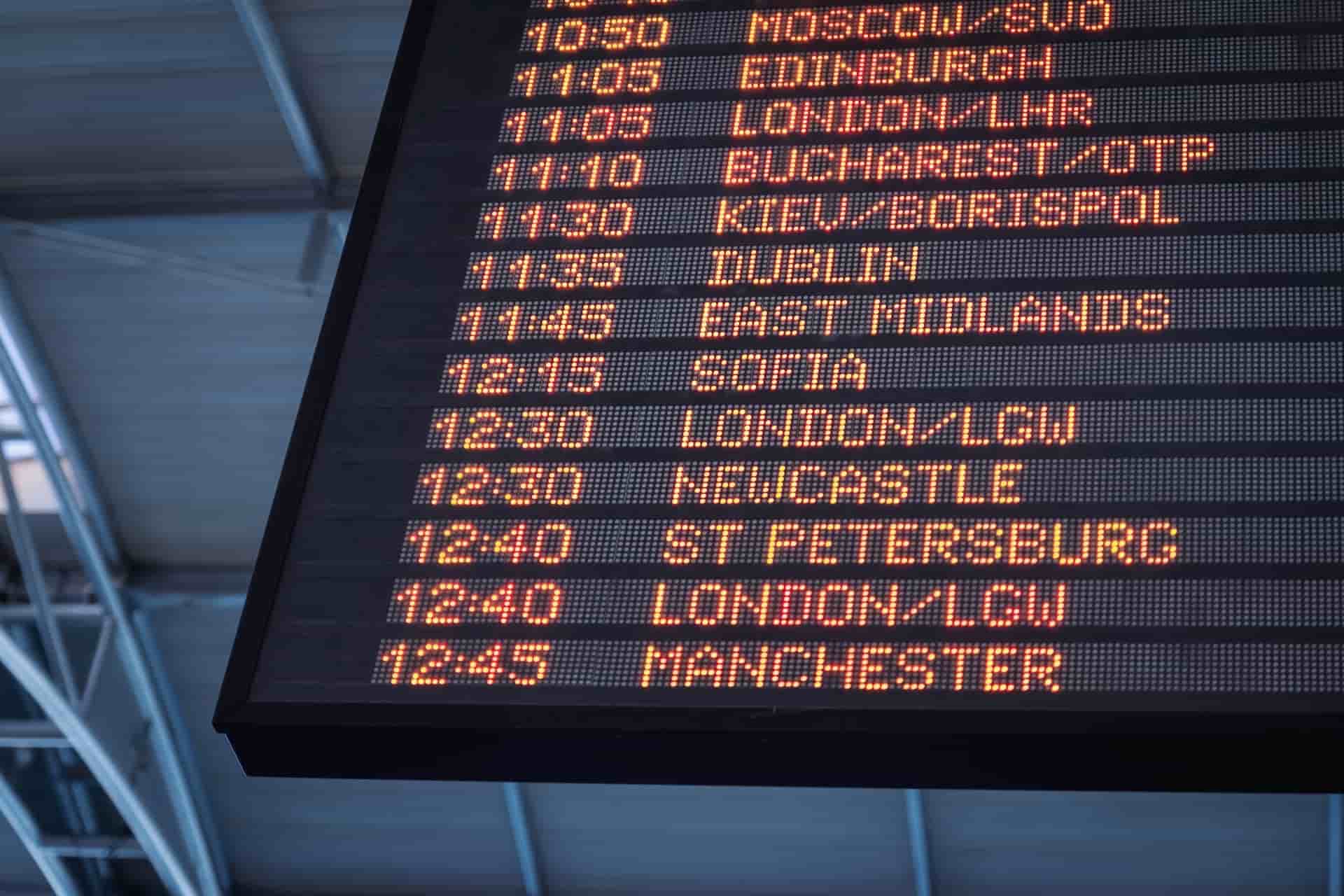What Does PRS Mean?
In simple terms, PRS stands for the Private Rented Sector. It is a key part of the UK housing market that encompasses all residential properties let out by private individuals or companies, as opposed to local councils or housing associations that deal with social housing.
The PRS is a diverse landscape, ranging from single rooms in HMOs and student houses to luxurious city-centre apartments and family homes. For rental tenants, it offers flexibility and a wide range of property options that suit their needs at different life stages, such as shared housing for a group of single friends, one-bed flats for young working couples, or larger properties for growing families.
At the same time, the PRS presents a significant financial opportunity for landlords and property investors. With millions of households across the UK—particularly in London—relying on the PRS for their homes, understanding how it works is crucial for anyone involved in the property market.
How Does PRS Work in the UK?
The PRS operates on a straightforward principle where a tenant rents a property to live in from the owner (a private landlord), either directly or through a professional letting agent, such as Crown Luxury Homes. The relationship is formalised by a legally binding tenancy agreement, most commonly an Assured Shorthold Tenancy (AST).
This document clearly outlines the rights and responsibilities of both the landlord and tenant, including the rent amount, duration of the lease (typically 6 to 12 months), and rules concerning property maintenance. While landlords are responsible for major repairs and ensuring the property remains safe and compliant with UK housing laws at all times, tenants must look after the property, keep it in good condition, and report any damage or maintenance issues ASAP to prevent any worsening of the problem. This framework provides tenants with a secure home and landlords with a clear legal structure for managing their property investment.
Why PRS Matters in London
The Private Rented Sector is highly significant in London, where it forms a vital and ever-expanding part of the housing ecosystem. The capital’s unique demographics and immense population growth have created a massive demand for rental homes of all types and sizes, far outstripping the supply of suitable properties available for sale.
This imbalance makes the PRS a go-to option for a mix of residents, including students, young working professionals, growing families, and a large international community.
For property investors, this sustained demand translates into a lucrative opportunity. With a consistent pool of potential tenants and London’s reputation for long-term capital appreciation, investing in the city’s private rental market offers a secure path to solid rental yields and return on investment.

Benefits of PRS for Tenants
The Private Rented Sector holds significant advantages for tenants because of its great flexibility. Unlike the long-term commitment of a mortgage, a private tenancy typically operates on an Assured Shorthold Tenancy, often for 6-12 months, allowing for easier relocation for work or personal circumstances that come with normal life stages.
The PRS also offers a wide range of property types to suit different lifestyles and budgets, from shared flats for a group of friends or students to high-end apartments in modern developments with premium amenities. Crucially, renting often requires a much lower upfront financial commitment than buying a property, as tenants only need a deposit and the first month’s rent. Furthermore, a key benefit is that the landlord remains responsible for major property maintenance and repairs, freeing tenants from the burden of unexpected repairs and ongoing maintenance costs.
Benefits of PRS for Landlords & Investors
The Private Rented Sector offers a compelling proposition for landlords and investors, driven by a reliable and growing demand for rental housing in London and across the UK. With homeownership becoming increasingly challenging to access due to high costs, a larger portion of the population is renting for longer periods, creating a stable market with consistent rental yields for committed landlords. This is particularly true in London, where the PRS is a critical component of the housing supply.
Investing in PRS properties provides the dual benefit of a steady income stream from rent and the potential for long-term capital appreciation. Moreover, the sector is seeing significant growth in Build-to-Rent (BTR) developments. These purpose-built, professionally managed schemes offer an attractive, scalable investment opportunity, appealing to individual and institutional investors looking to expand their property portfolios with high-quality, in-demand assets.
Challenges of the Private Rented Sector
While the PRS offers significant benefits, it is not without its challenges. For landlords and investors, a key concern is keeping up with a complex and ever-changing regulatory landscape, which includes strict legal obligations regarding EPCs, safety certificates and tenancy rules. Meeting and managing these requirements can be difficult, especially for those with small portfolios.
For tenants, the main issue is often affordability. In high-demand areas, particularly in London, the imbalance between supply and demand has led to rapidly rising rents, making it difficult for many to secure or maintain a suitable home in or close to the city. This is compounded by the fact that rental properties in London can vary significantly in age and quality. While some landlords provide excellent, well-maintained homes, others may be less diligent, leaving tenants to cope with poorer quality living conditions or a lack of security such as CCTV, burglar alarms or coded entry systems.
Conclusion
The Private Rented Sector makes up a significant and quickly expanding part of the UK’s housing market, providing a home to millions of people from all walks of life. Our guide has shown that it offers tenants flexibility, convenience, ease of living, and a wide array of property choices. At the same time, it presents a stable source of income and long-term capital appreciation for landlords and investors.
However, it is a highly regulated sector that carries significant responsibilities. Landlords must meet and comply with complex regulations to ensure their properties are safe for their tenants. In contrast, tenants face challenges like rising rents, high competition for ideal properties, and varying property standards. Understanding this landscape is key to a positive experience for all parties.
At Crown Luxury Homes, we specialise in the London rental market, helping landlords and tenants find their place in the PRS. Whether you are looking for your next rental home, a short-term lease while working on a project in the city, a convenient base while studying at one of London’s top universities, or a property investor or landlord aiming to grow your property portfolio, our team is here to offer expert guidance and support.



